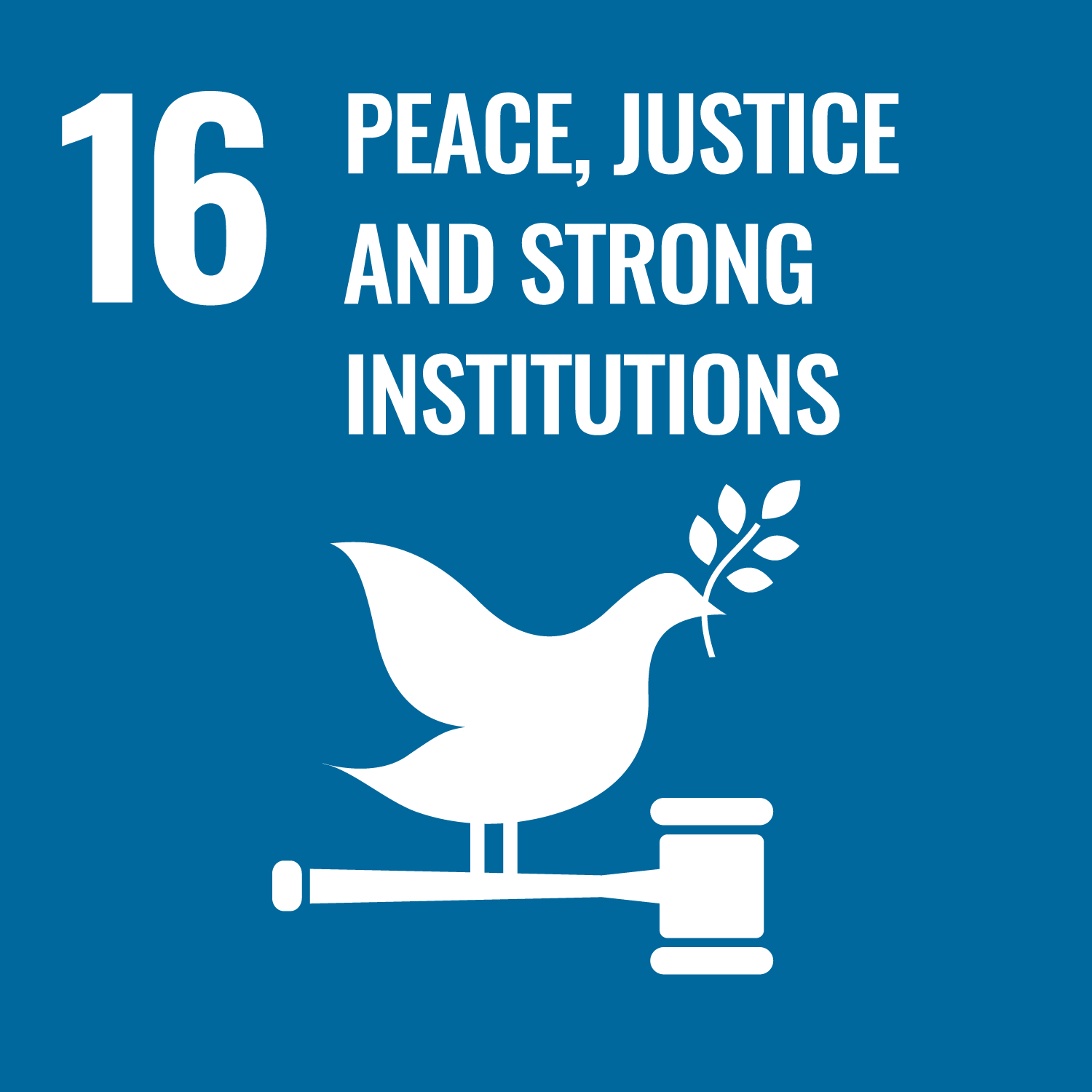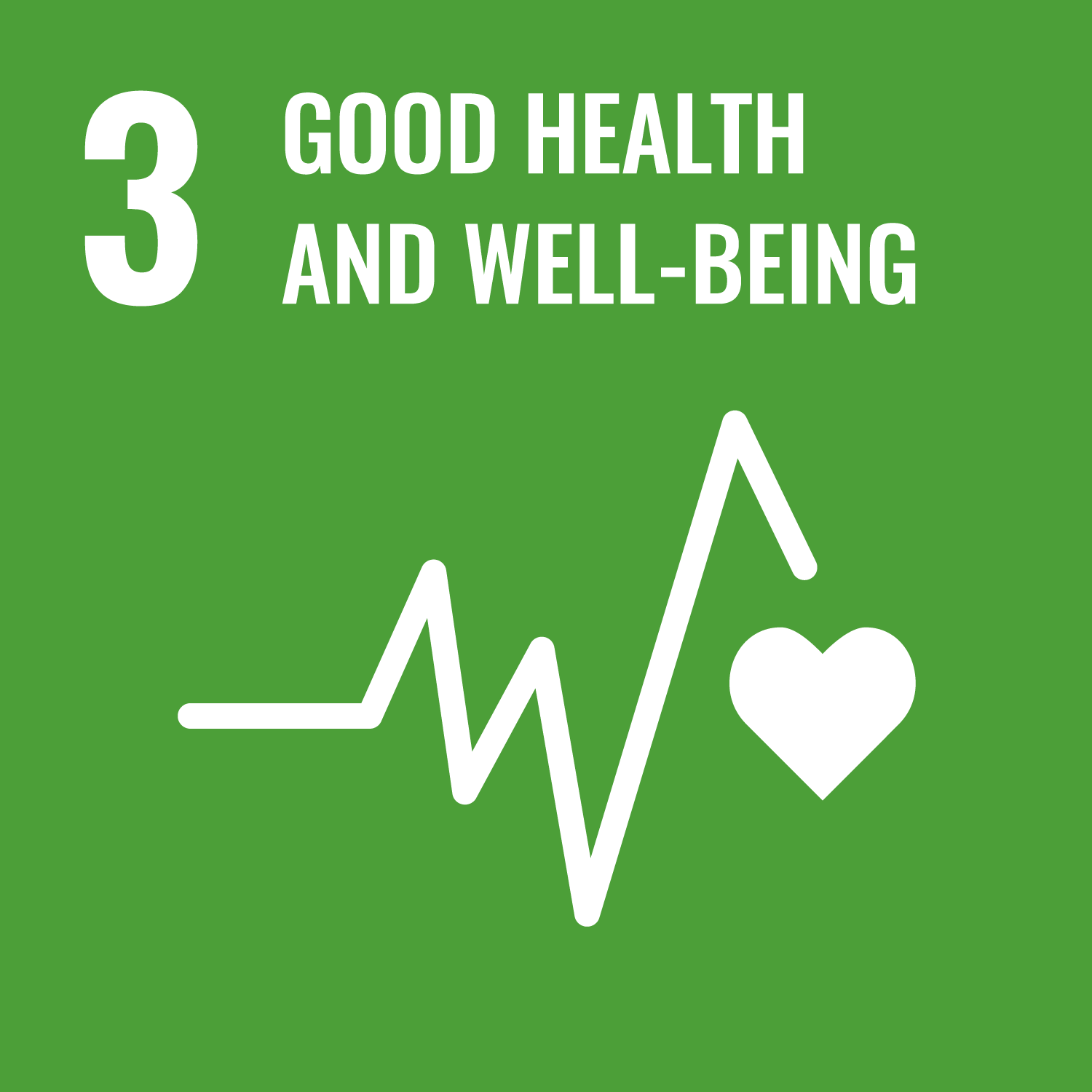ORCID
- Oliver Beer: 0000-0001-8581-3673
Abstract
Child maltreatment is one of the nation’s most significant public health concerns. The estimated annual economic burden of child maltreatment in the United States is more than $292 billion (Peterson et al., 2018). In 2021, approximately four million referrals were made to child protective service agencies alleging the maltreatment of more than seven million children (U.S. Department of Health and Human Services [HHS], 2023). The primary mechanism for evaluating these referrals is the frontline child welfare workforce. Frontline child welfare workers (FCWWs) engage families and make decisions about the safety of children that directly impact children’s futures (Edwards & Wildeman, 2018). High levels of worker turnover, agency understaffing, and an inexperienced workforce constitute a national problem with concerning implications. FCWWs often prematurely leave their positions, with the average tenure being less than two years (Edwards & Wildeman, 2018). Turnover among practitioners is expensive. The estimated fiscal cost to agencies for each practitioner leaving their position is $54,000 (National Child Welfare Workforce Institute, 2016). Further, service delivery, continuity of care, and performance standards are negatively impacted when workers leave their positions (Scannapieco & Connell-Carrick, 2007).
Publication Date
2024-01-01
Publication Title
Child Welfare League of America
Volume
101
Issue
4
Acceptance Date
2024-01-01
Deposit Date
2024-06-12
Embargo Period
2024-01-10
Additional Links
https://www.cwla.org/child-welfare-journal/journal-archives/
First Page
31
Last Page
31
Recommended Citation
Haughtigan, K., Griffiths, A., Link, K., Beer, O., & Powell, L. (2024) 'Lessons learned: Facilitating a health and wellness intervention for frontline child welfare workers during COVID-19', Child Welfare League of America, 101(4), pp. 31-31. Retrieved from https://pearl.plymouth.ac.uk/hp-research/515



